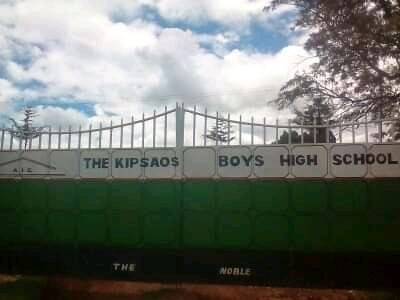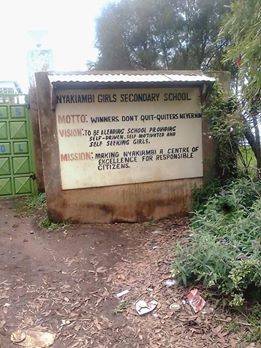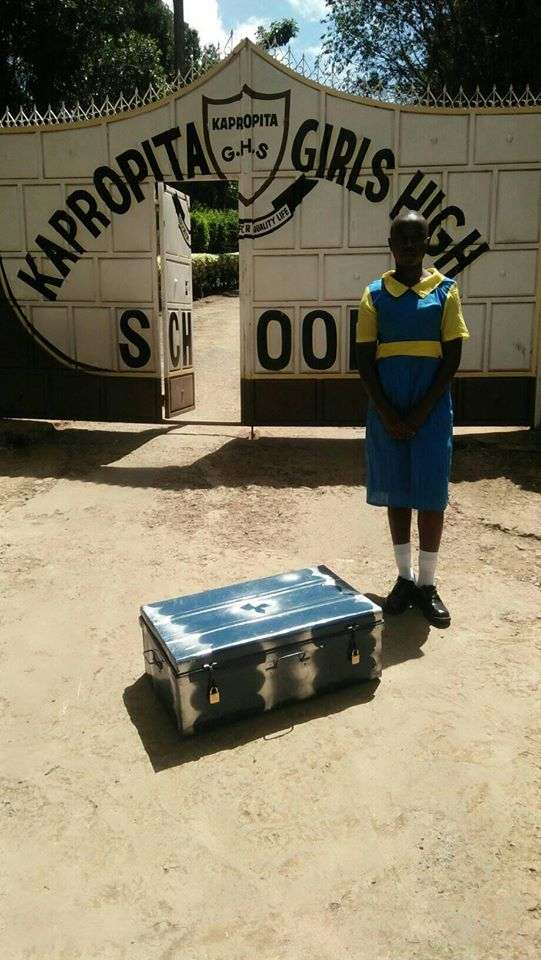Teachers and pupils of Urim primary school in Siaya are caught between a rock and a hard place as they have to endure humiliation while answering calls of nature that comes their way during lesson time or count their luck if they avoid jigger infestation.
To this school community, one of the two things is likely to hound you out of the school for alternatives.
Lack of basic infrastructure at the school situated in the outskirts of Siaya town has seen teachers and pupils develop an unwritten silent rule where one has to stealthily study the environment before dashing in to the shared latrines to answer calls of nature.
And woe unto any teacher who by chance experiences a running stomach during the day as he or she will either be forced to dash to nearby thickets, or bravely ignore broken doors and persistent knocks from equally pressed pupils rushing to relieve themselves.
As a result of lack of toilets and classrooms, the school, situated in Central Alego ward in Alego / Usonga constituency has been experiencing a mass exodus of pupils and teachers who cannot stand the shame of exposing themselves while answering calls of nature.
When the media visited the school today, more shock was in store. It is not just lack of sanitary facilities that has seen teachers share the dilapidated toilets with the pupils that affect the school.
Few classrooms available are over the verge of collapse, forcing the management to improvise a system that has seen single rooms meant to host one classroom partitioned with old iron sheets to accommodate two classes – all using one door hence interfering with pupils’ concentration.
Teachers at the school lament that concentration amongst pupils becomes difficult when classes with artificial partition are on.
A parent at the school, Patricia Akech Ger laments that it has been difficult to keep teachers at the institution as most opt for institutions with better environment.
Mrs. Ger says that apart from lack of proper toilets, jigger menace is also a threat that the pupils and teachers have to contend with because of the mud floor classrooms.
She says that pupils have to, every now and then, carry cow dung to smear the floors in a bid to control the parasites.
The parent says that children from the neighbourhood prefer trekking long distance to attend other schools to avoid the shame of poor infrastructure and risk of jigger infestation.
“It is a pity that some parents from the community and their children prefer trekking long distance to other schools,” says Mrs Ger, adding that this has contributed to the dropping of academic standards.
According to the school chairman, Mr. Joseph Omondi Odima efforts to improve the infrastructure has over the years failed owing to high poverty levels within the community.
Odima, flanked by other parents called on local leaders and well-wishers to help them improve infrastructure so as to retain teachers and attract more pupils.
A senior teacher at the school, Peter Onyango Wanyang’ says it is always a nightmare for teachers whenever they feel calls of nature as a pupil may pop in at any moment while equally pressed.
Wanyang’ who is also a Kenya National union of Teachers (KNUT) Siaya branch official says that most teachers posted to the school opt to work elsewhere because of the environment.
He gave an example of two head teachers who failed to take up the position last year because of lack of facilities.
“The situation at the school has not been good. We are praying that we get well-wishers so that teachers and pupils can be comfortable,” he says adding “a comfortable teacher will definitely teach better and post good results. That is what KNUT stands for”.
Urim primary school head teacher, Pamela Otondo who is hardly five months in the institution laments that the school may be closed unless well-wishers urgently come in to help construct classrooms and toilets.
She says that the school, with a population of 120 pupils, has nine teachers who were determined to work but feel let down by poor infrastructure.






